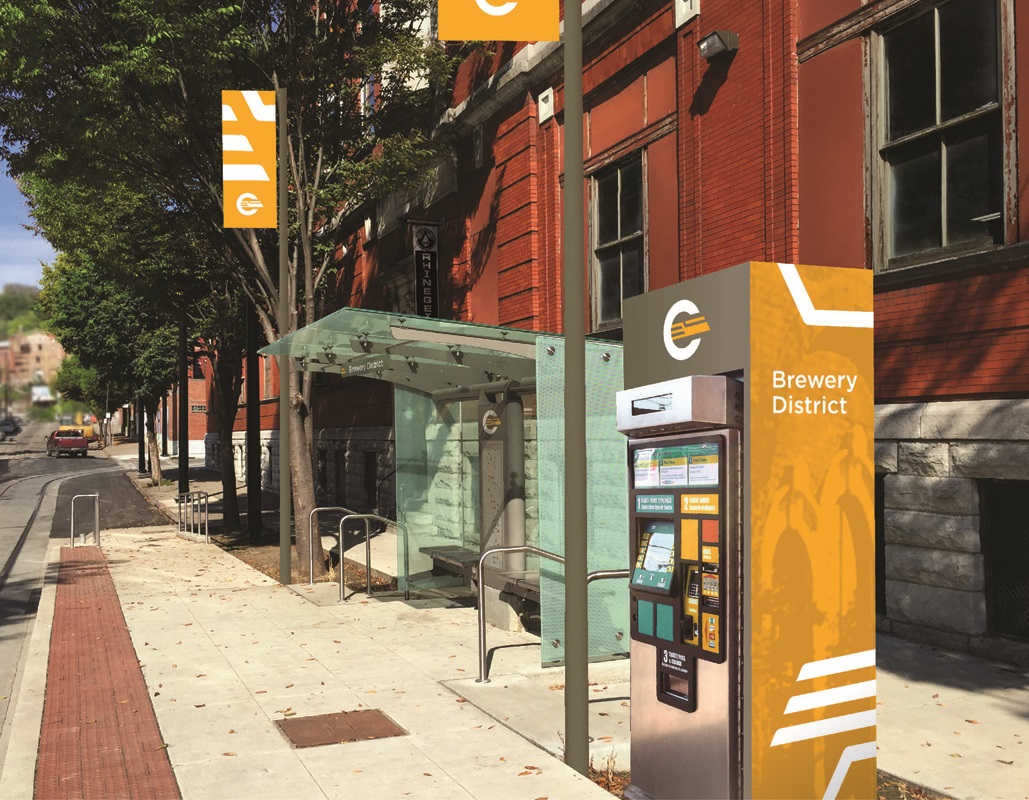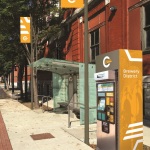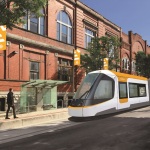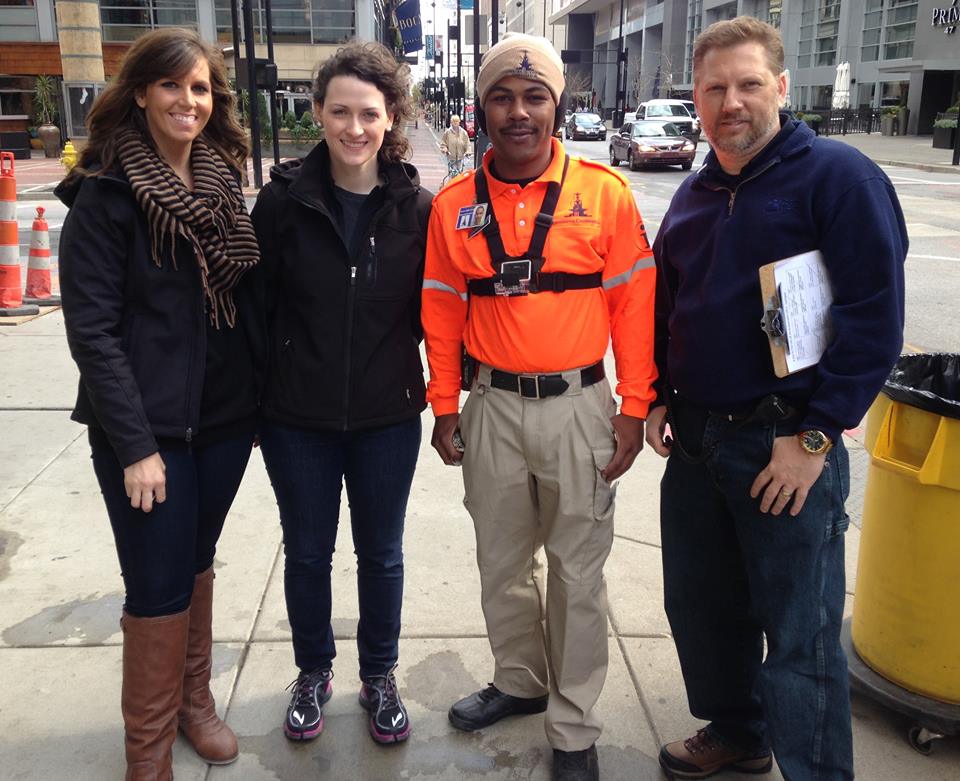Following UrbanCincy’s story on the ongoing struggles between the City of Cincinnati and Megabus, the two largest intercity bus operators have come forward and expressed a willingness to discuss relocating to the Riverfront Transit Center.
The conversations started after Megabus was forced to move its downtown Cincinnati stop this past autumn – marking latest in a series of moves forced by City officials following complaints from surrounding property and business owners.
“Local businesses, through City Hall, requested megabus.com move from 1213 W. Central Parkway to our new present location at 691 Gest Street,” Sean Hughes, Associate Director of Corporate Affairs at Coach USA North America, explained to UrbanCincy. “Megabus.com would love to be in the Riverfront Transit Center, but that was not a viable option because of Riverfront Transit Center operational concerns.”
The issue extends beyond the various intercity bus operators and City Hall. Since the Southwest Ohio Regional Transit Authority (SORTA) operates the facility for the City, and collects annual revenues from it. In October, SORTA officials told UrbanCincy that expanding operations within the Riverfront Transit Center is possible, due to its large excess capacity, but would bring additional costs.
“It’s our understanding that Megabus pays a fee to share transit facilities in other cities,” Sallie Hilvers, Metro’s Executive Director of Communications, said at the time. “As a tax-supported public service, Metro would need to recover the increased costs related to maintenance, utilities, security, etc. from Megabus, which is a for-profit company.”
At the same time, there appears to be growing pressures for Greyhound, which has been operating in Cincinnati since 1976, to potentially find a new location as it is crowded out by new development surrounding the Horseshoe Casino.
While Greyhound and SORTA have engaged in conversations in the past about relocating Greyhound’s operations to the Riverfront Transit Center, little progress has been made; and the two sides still appear to be at a standstill, albeit a softening one.
“No decisions on that front have been made that this time,” Lanesha Gipson, Senior Communications Specialist with Greyhound, commented with regard to relocating to the Riverfront Transit Center. “All potential relocations have to be analyzed and be in the best interest of everyone – the customers, the company and the community – before a decision is made as to whether or not we should relocate our operations.”
With both Greyhound and Megabus thriving as an increasing number of people ditch their cars and plane travel for short trips – less than 500 miles – these conversations appear to only be in the early stages.
While all parties agree that some legal, regulatory and logistical issues would need to be resolved prior to establishing the Riverfront Transit Center as Cincinnati’s intercity bus terminal, it sounds like the primary issue is the financial arrangement. Until then, intercity bus passengers will continue to be plagued by continuously moving and inconvenient stations for the region’s two largest operators; and an underutilized transit facility sitting beneath Second Street.
“Megabus.com continues to work with SORTA to find a permanent location for our stop in Cincinnati,” Hughes noted. “Megabus.com has an annual passenger spend of $8.2 million in Cincinnati and we look forward to serving the city by giving passengers a safe, environmentally friendly way to travel.”
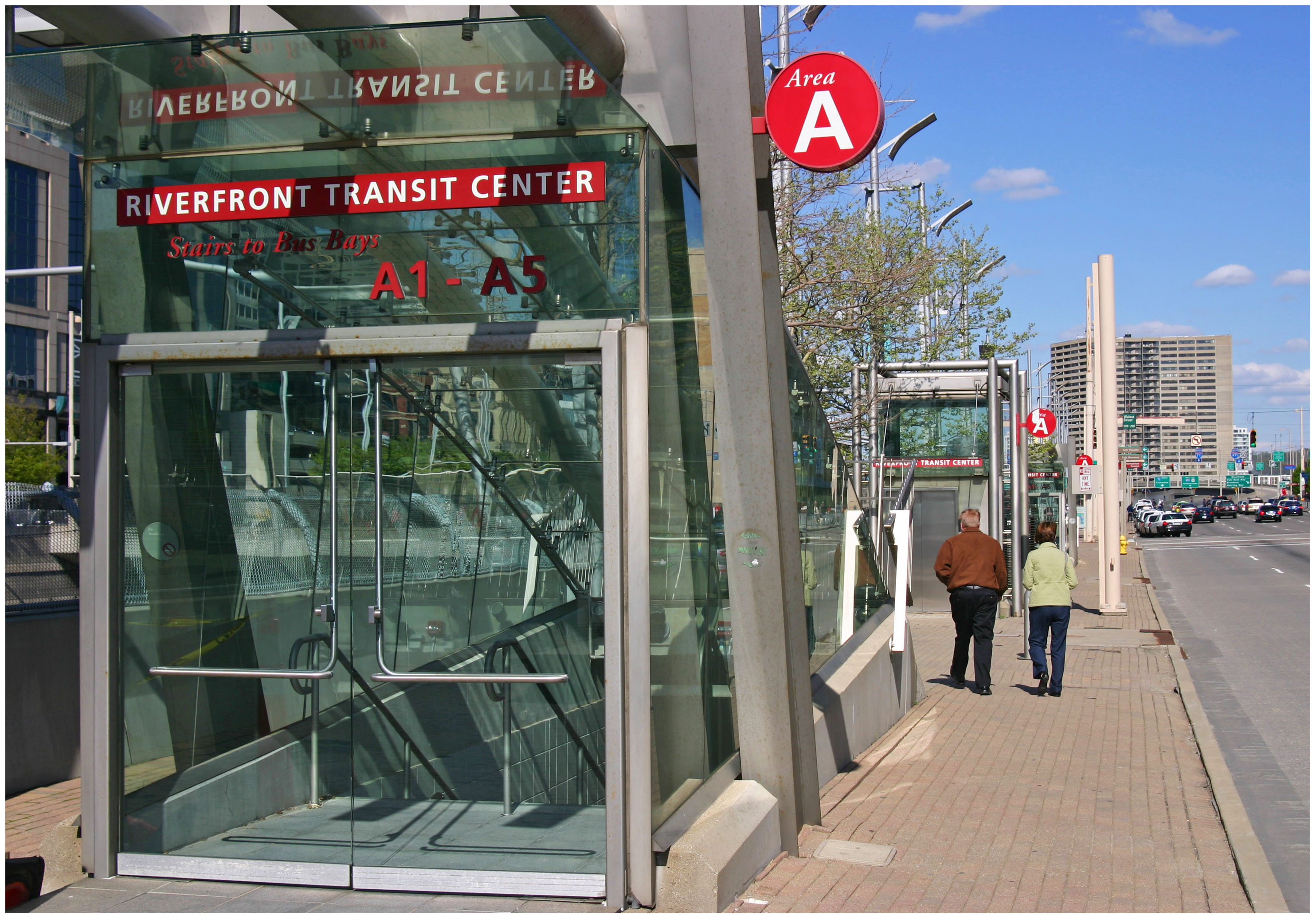
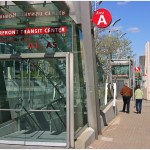

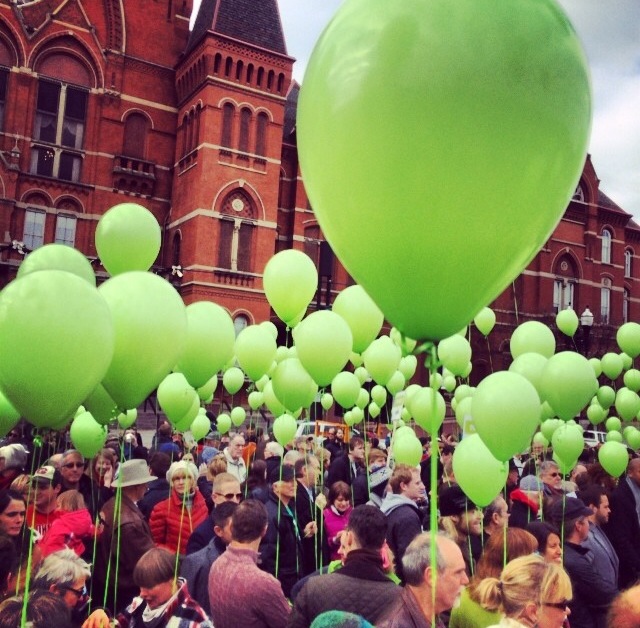
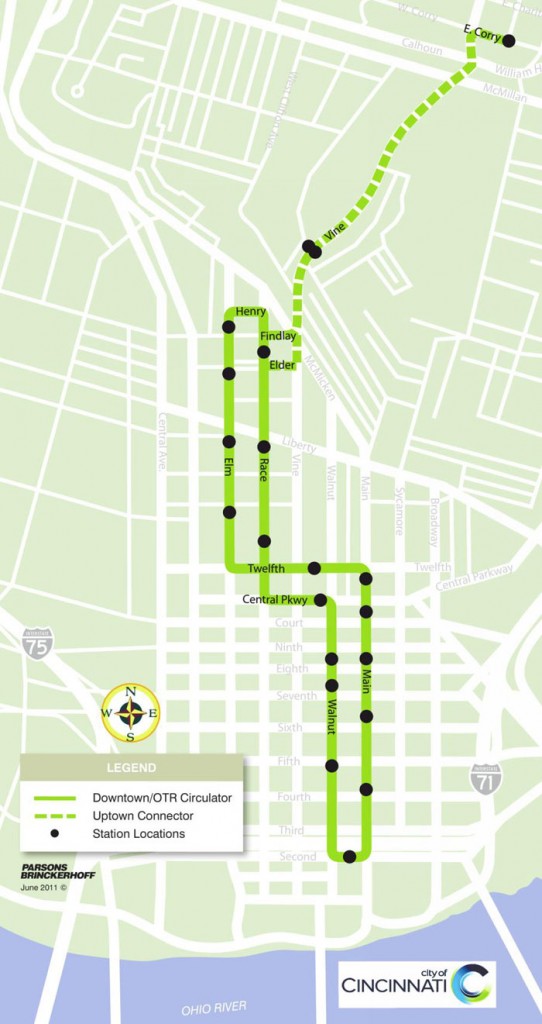 cording to officials at the
cording to officials at the 





